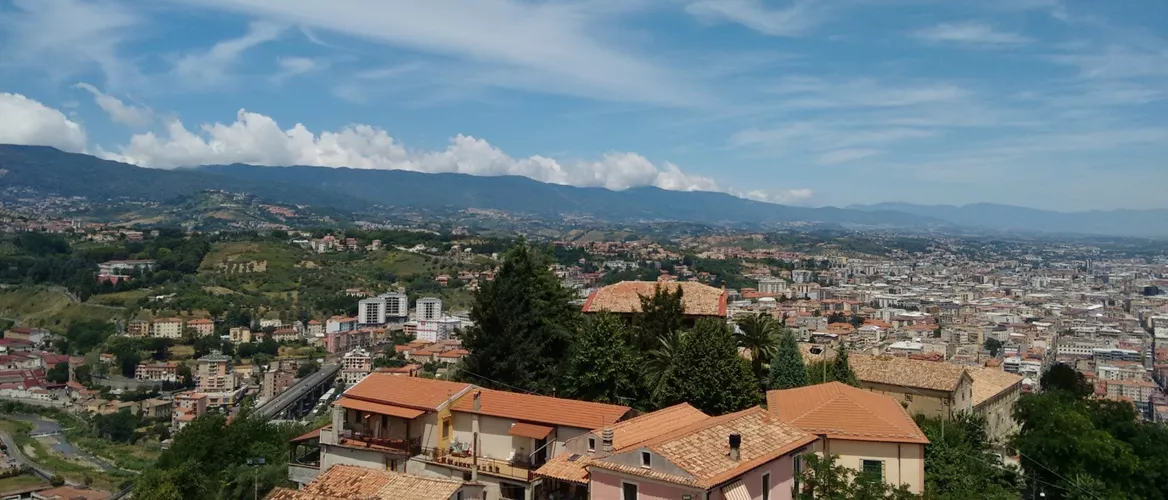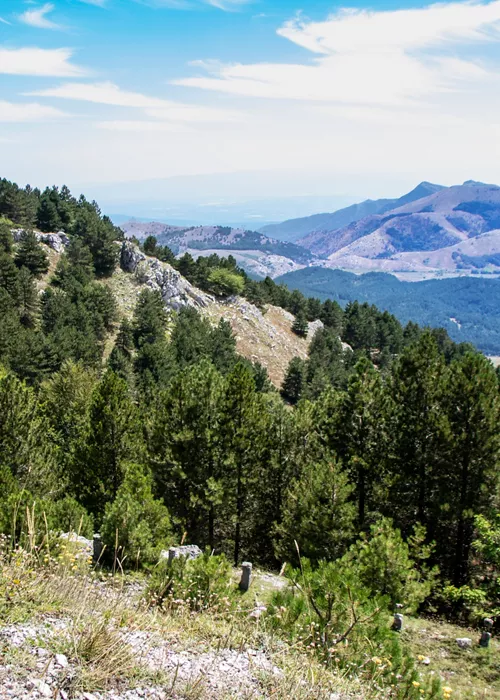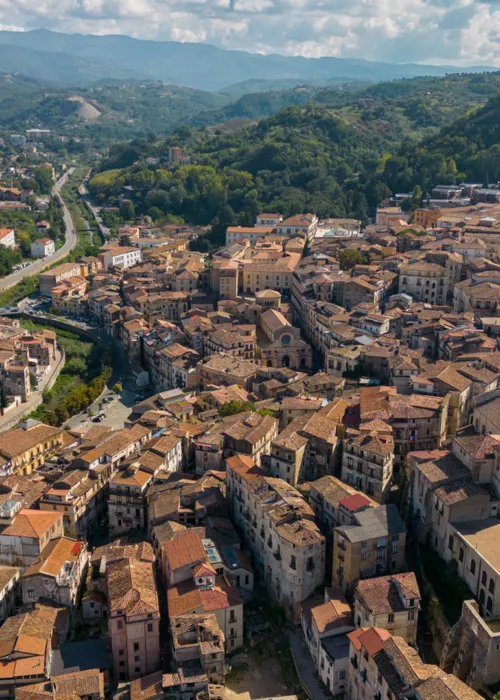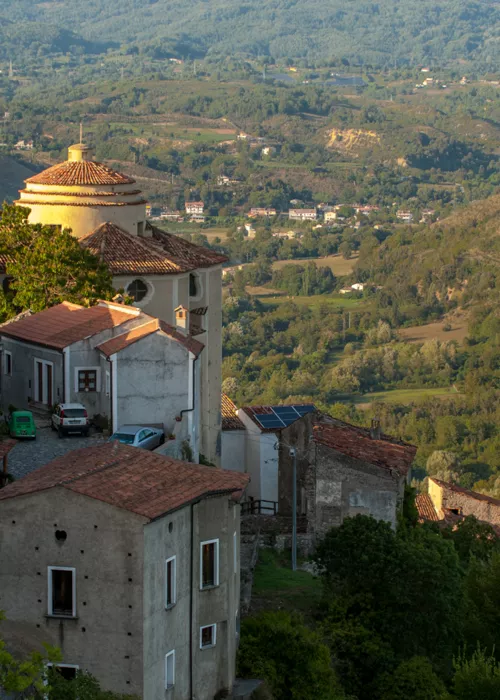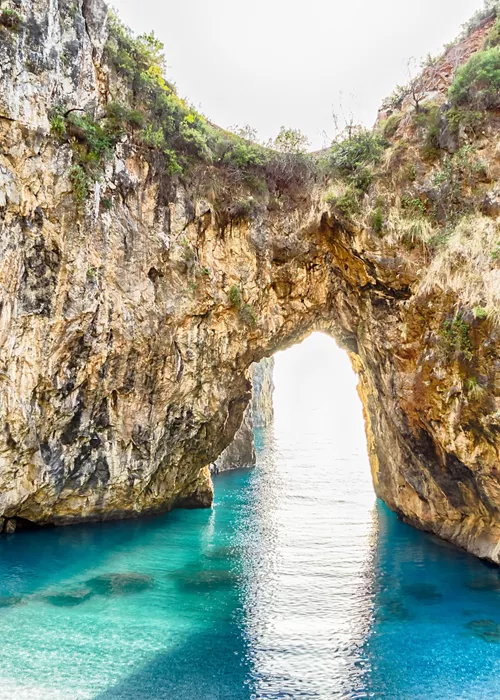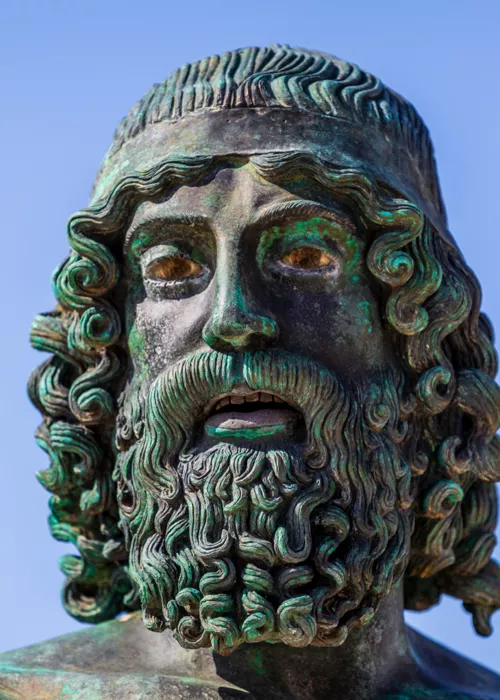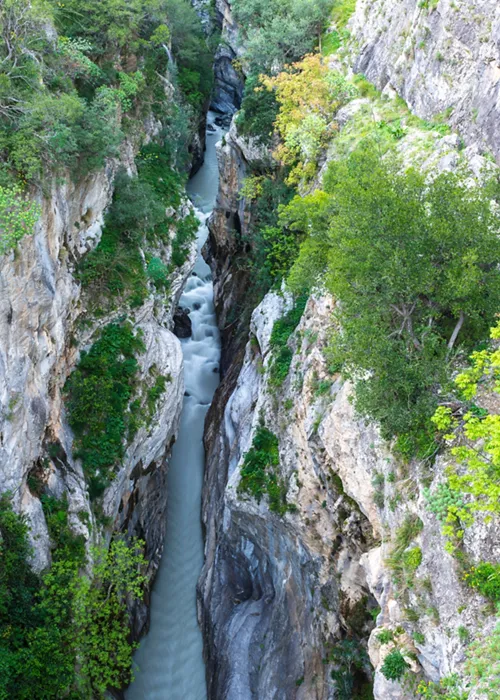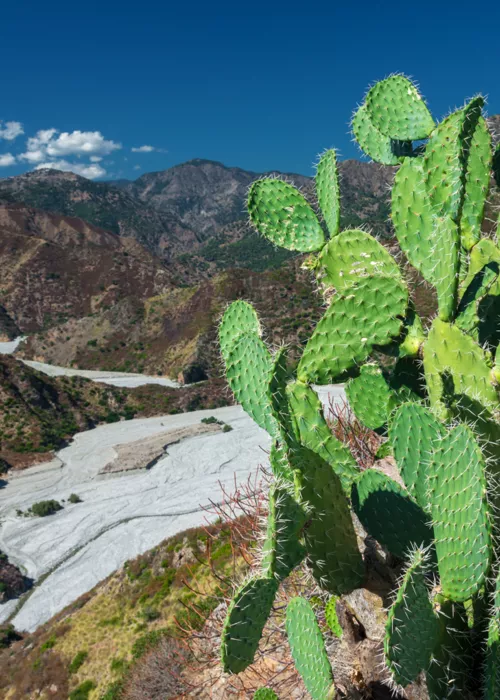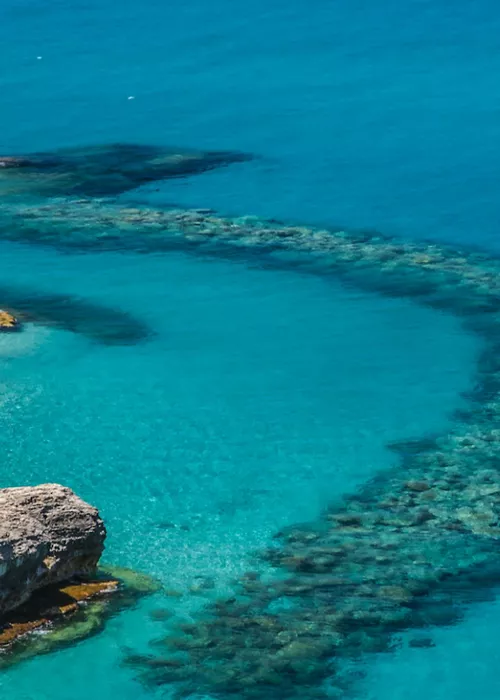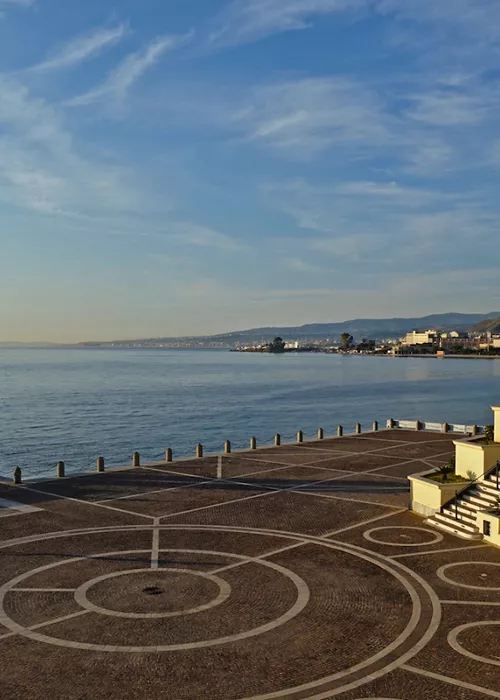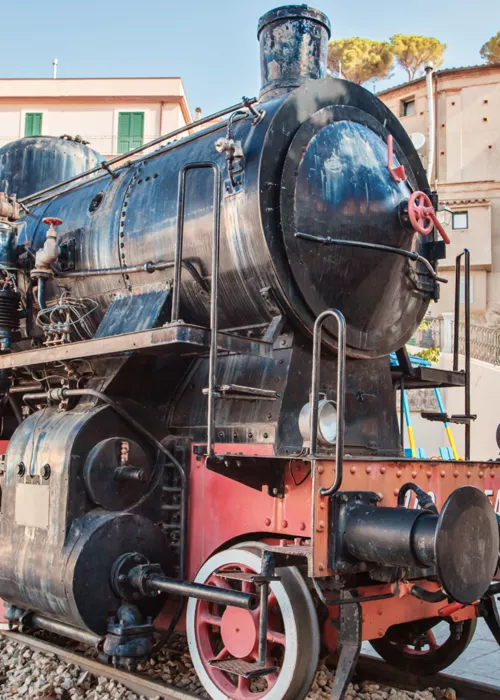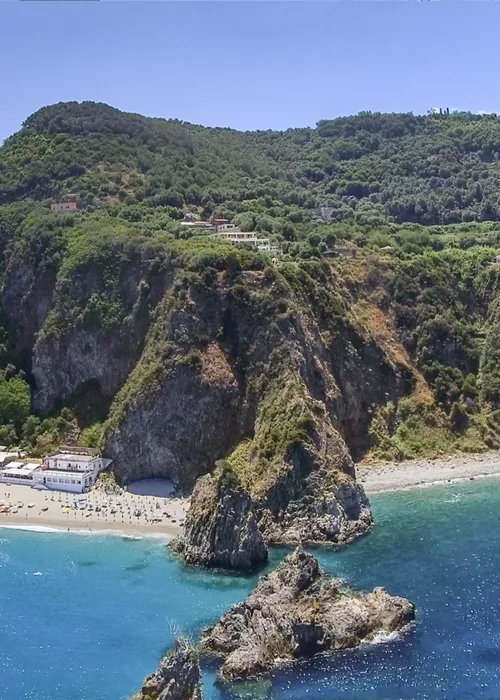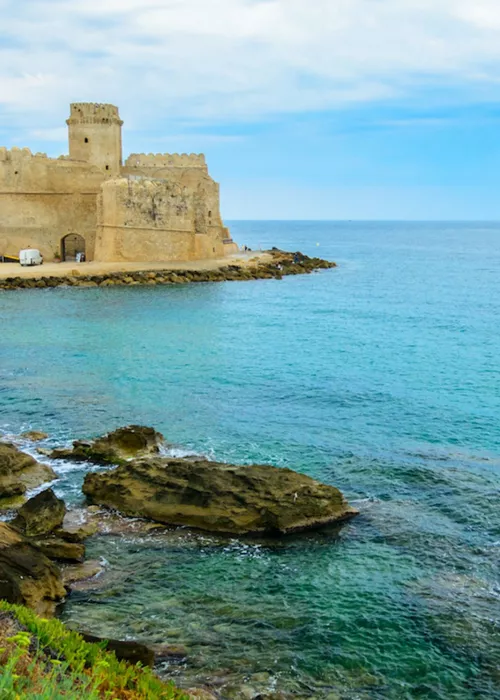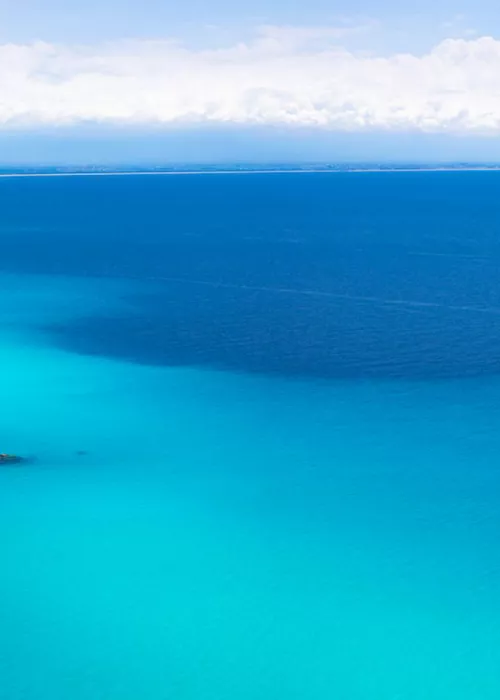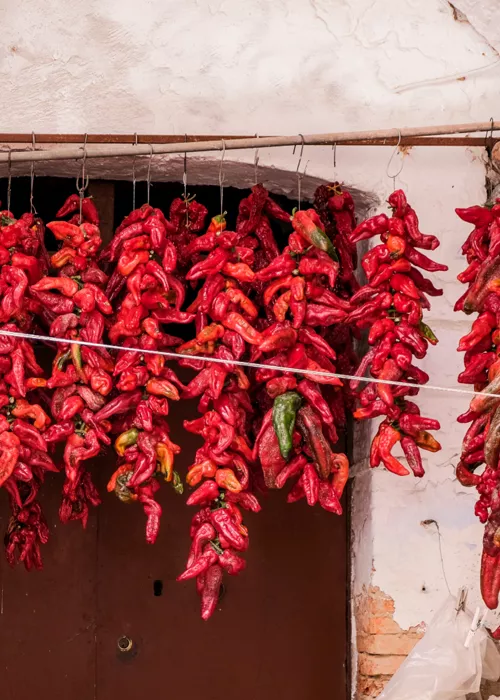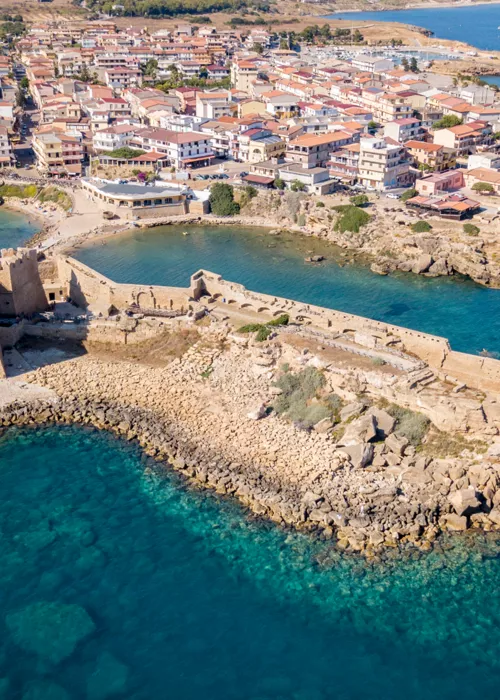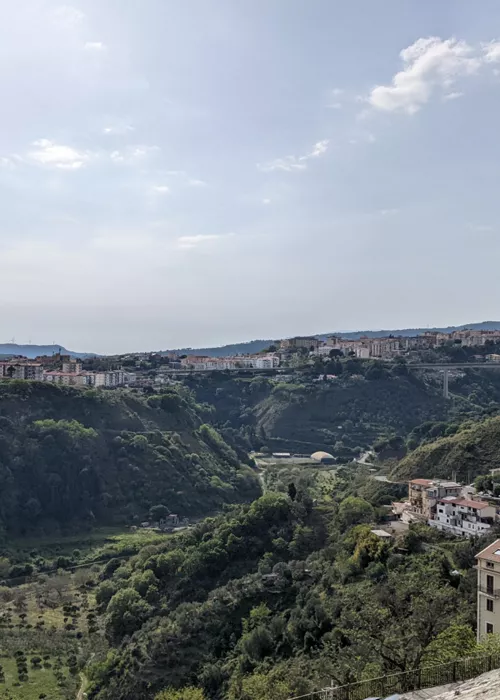Rende is a medieval city in Cosenza, home to the University of Calabria, Italy’s largest university campus. Following the course of the river Crati, it reaches as far as Serre Cosentine, descending from the hills where the historic centre rises to meet the more modern city.
According to legend, Rende was founded by the ancient “Oenotrians” around the 7th century BC, when Enotro, son of Lycaon, King of Arcadia, landed at the place now known as “Guardiula”, where he founded “Acheruntia”, later renamed “Pandosia”. Today, its historic centre is recognised as a “Borgo dei Musei” (City of Museums), thanks to its numerous art galleries.
The historic centre and its churches
The historic centre of Rende, located on high ground, has retained its original medieval urban layout and street and square names, including Piazza degli Eroi, better known as “u sieggiu”, the street that once opened onto the “Porta di Cosenza”, which connected Rende to Catanzaro, and the Giudecca (Jewish community), with its narrow alleyways and arcades.
Many churches and noble palaces still have their original carved doorways and wrought-iron balconies. The 12th-century Church of Santa Maria Maggiore features a Latin cross layout with three naves and a rose window above the main door, dating to the same period. Several earthquakes made significant restoration work necessary, during which the ancient columns were covered with rectangular safety pillars.You can admire two friezes carved in stone at the entrance: an open book on the right, and two crossed keys on the left. The church houses many works of art, including canvases by Cristoforo Santanna, Giuseppe Pascaletti and Giuseppe Grana, as well as many wood and marble sculptures.
The Baroque and Rococo-style Church of the Rosary was built in 1679 by brothers Raffaele and Giuseppe De Bortolo, with a tripartite façade in tuff stone from Mendicino. Inside is a Madonna and Child dating back to the 17th century. The central altar is made from marble and inlaid wood, with oil painting depictions of the Mysteries of the Rosary. In place of the stolen 18th-century painting by De Mura depicting the Madonna of the Rosary, there is a contemporary work by Diego Minuti. We also recommend admiring the splendid nativity scene, with Neapolitan statues from the 18th and 19th centuries, as well as the 18th-century organ.
The Norman Castle and museums
The castle known as the “Stone Giant” was built in 1095, its hilltop position providing a natural defence. The two side towers together represent the coat of arms of the municipality from back in 1222. In the hall of the castle, you can admire two heraldic coats of arms of the Magdalone and the Alarçon de Mendoza families, who succeeded each other in history.
The City Museum is located in the historic centre, housed in the 17th-century Palazzo Zagarese. Inside, there are approximately 3,000 objects relating to the civil history of Calabria, and the paintings on display range from the 16th century to the present day and were created by artists including Hendricksz, Preti, Solimena, Carrà, Balla, De Chirico, Levi, Guttuso, Greco, Sironi, Viani, Santanna and Capizzano.
The MAON in Palazzo Vitari is a museum dedicated to modern art that features a permanent 19th and 20th century exhibition, with a focus on Calabria and southern Italy. It boasts an archive containing not only works of art, but also posters, catalogues, photographs and videos on authors and events that have marked the history of art from the Romantic period to the present day.
The Museum of the Present in Roges covers an area of about 3,500 square metres and is divided across several rooms. Alongside temporary exhibitions of modern and contemporary art, it is also a focal point for photographic exhibitions, performances and book presentations. In short, it is a destination rich in history, to discover one step at a time.



